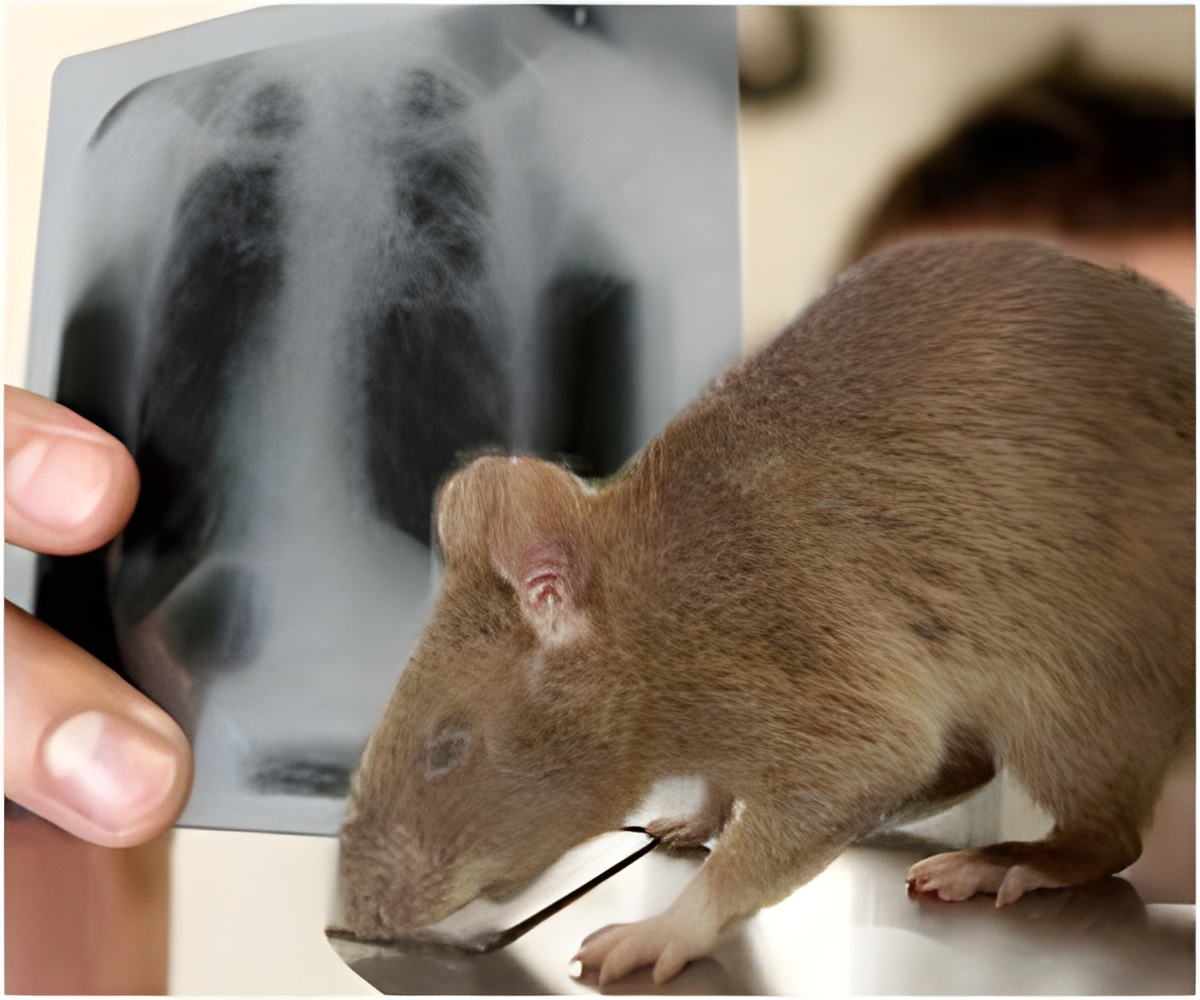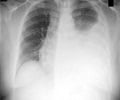Rats can detect tuberculosis in children with higher accuracy than standard microscopy tests.

‘When trained rats were given children's sputum samples to sniff, the animals were able to pinpoint 68% or more cases of TB infections than detected through a standard smear test.’





"As a result, many children with TB are not bacteriologically confirmed or even diagnosed, which then has major implications for their possible successful treatment," explains Mgode. "There is a need for new diagnostic tests to better detect TB in children, especially in low and middle-income countries." Previous work pioneered in Tanzania and Mozambique focussed on training African giant pouched rats (Cricetomys ansorgei) to pick up the scent of molecules released by the TB-causing Mycobacterium tuberculosis bacterium in sputum. The training technique is similar to one used to teach rats to detect vapours released by landmine explosives. In the case of TB, when a rat highlights a possibly infected sample, it is analysed further using a WHO endorsed concentrated microscopy techniques to confirm a positive diagnosis.
Sputum samples were obtained from 982 children under the age of five who had already been tested using a microscopy test at clinics in the Tanzanian capital of Dar es Salaam. From the smear tests, 34 children were confirmed to have TB. When the same samples were placed out for the rats to examine, a further 57 cases were detected and then confirmed after being examined under a more advanced light emitting diode fluorescence microscope.
The news about the additional cases confirmed by endorsed concentrated smear microscopy was passed onto the relevant clinics, and efforts were made to track down infected patients so that they could start their much-needed treatment.
"This intervention involving TB screening by trained rats and community based patient tracking of new TB patients missed by hospitals enables treatment initiation of up to 70%. This is a significant proportion given that these additional patients were considered TB negative in hospitals, hence were initially left untreated," adds Mgode.
Advertisement
Source-Eurekalert















